Information About Multicast Overlay Routing
The Cisco IOS XE Catalyst SD-WAN multicast overlay software extends Protocol Independent Multicast Source-Specific Multicast (PIM-SSM) over the Cisco Catalyst SD-WAN overlay using Overlay Management Protocol (OMP). Protocol Independent Multicast Sparse-Mode (PIM-SM) is deployed in the customer VPNs, and the Cisco IOS XE MVPN is used to integrate PIM in customer VPNs and OMP in the overlay. The OMP replicator is used in overlay multicast to optimize the multicast distribution tree across the overlay topology. The Cisco IOS XE Catalyst SD-WAN router supports IGMPv2 and IGMPv3 reports and advertises receiver's multicast interest to remote Cisco Catalyst SD-WAN routers using OMP. Depending on the level of optimization required, the Cisco Catalyst SD-WAN routers join or prune to or from the replicators, and replicators use OMP to relay the join or prune to the Cisco Catalyst SD-WAN router providing overlay connectivity to the PIM-RP or source.
The Cisco IOS XE Catalyst SD-WAN multicast overlay implementation extends native multicast by creating a secure optimized multicast tree that runs on top of the overlay network.
Multicast Overlay Supported Features
-
IPv4 Overlay Multicast (PIM SSM)
-
IPv4 Overlay Multicast (PIM ASM)
-
PIM-RP on IOS XE VPN
-
Replicator with geo-location (GPS)
-
Static RP and Auto-RP
-
PIM Bootstrap Router (BSR)
-
IGMP v2, IGMP v3, and PIM on service side
-
IPSec and GRE Encapsulation
-
vEdge and IOS XE Catalyst SD-WAN Interop
-
Overlay Multicast Signaling using OMP
Starting from Cisco IOS XE Catalyst SD-WAN Release 17.3.2, TLOC extension with multicast and multicast application-aware route policy features are supported.
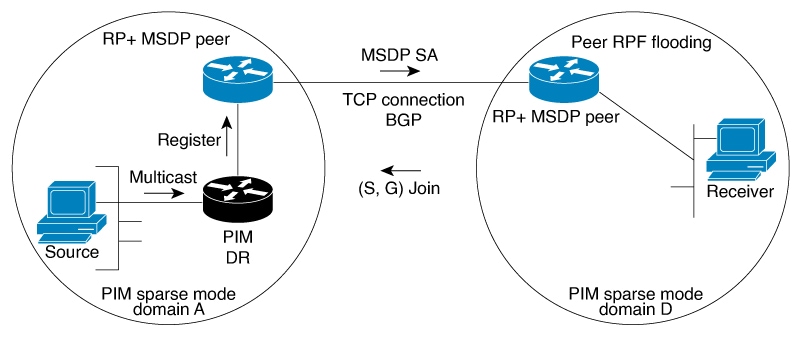
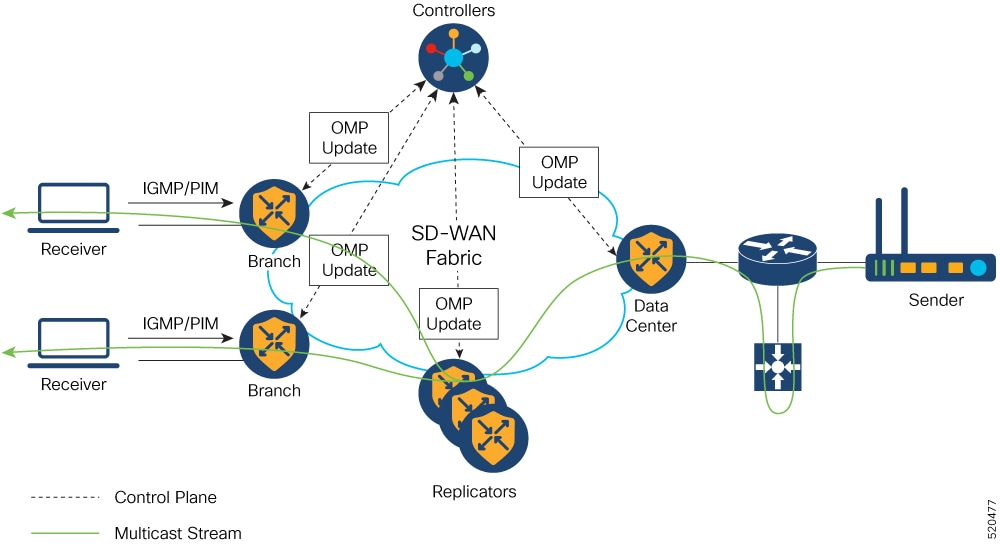

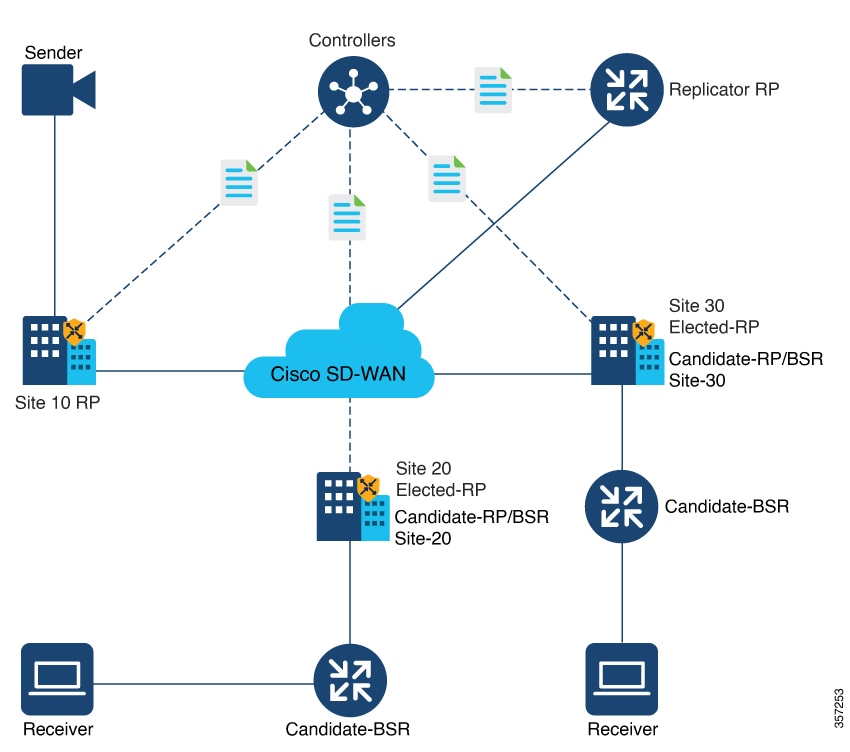
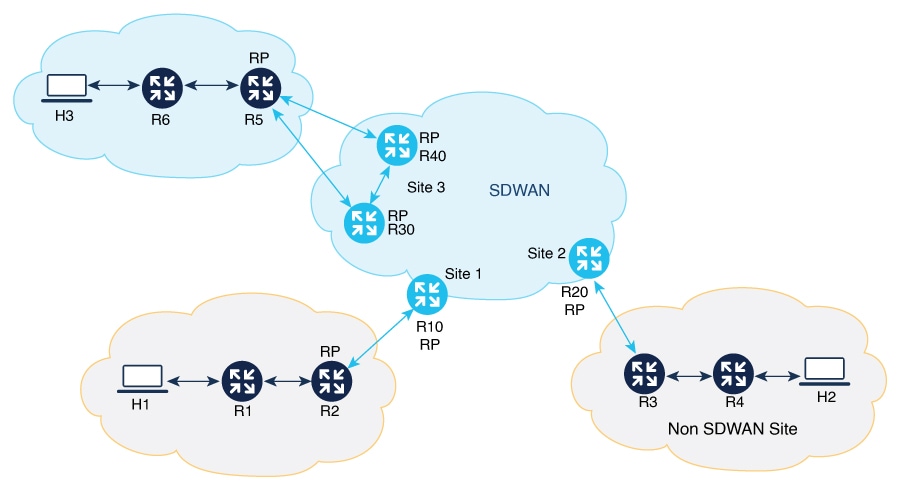
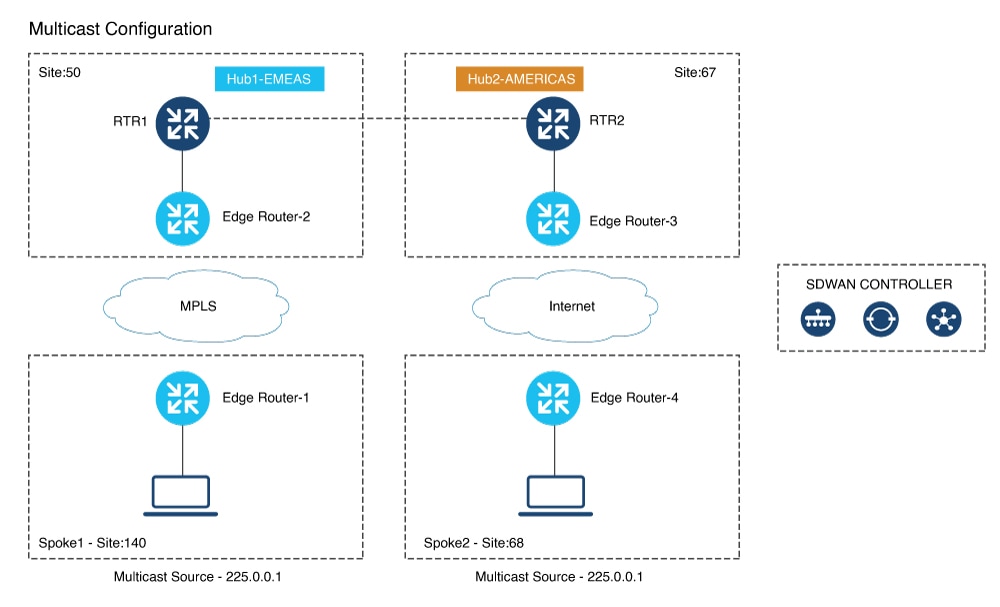
 Feedback
Feedback